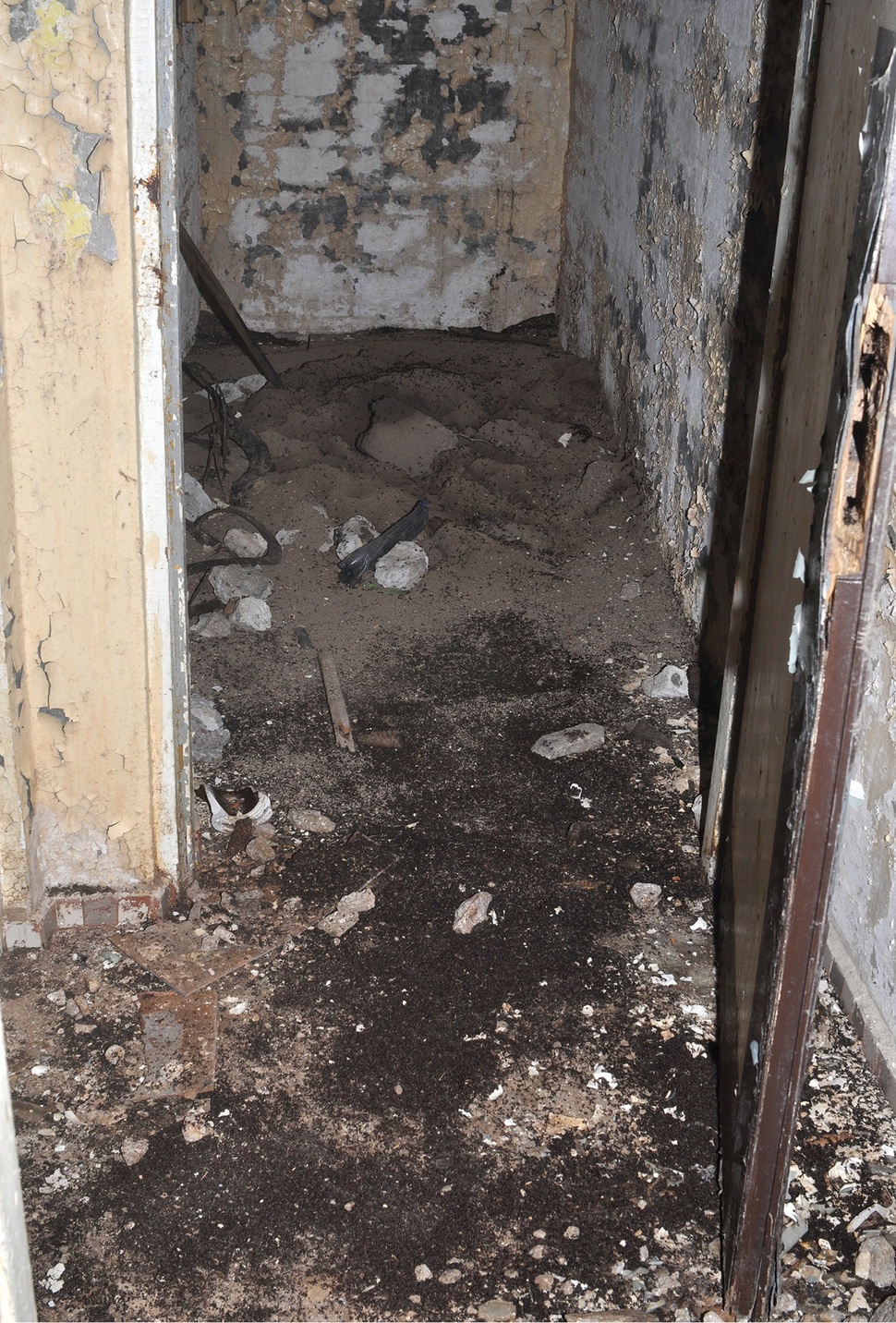A group of experts has been observing a seemingly impossible wood ant colony surviving in an abandoned nuclear weapons bunker in Templewo, Poland, near the German border, for several years. These Formica polyctena members have developed an ant community unlike any we’ve seen before, completely insulated from the outside world.

During the Cold War, the Soviets built the bunker to store nuclear weapons, burying it below earth and putting trees on top for cover. A big colony of wood ants eventually settled in the earth above the bunker. The only issue was that the ants erected their nest straight atop a vertical ventilation pipe. When the pipe’s metal covering rusted away, it revealed a dangerous, gaping hole. Every year, as the colony grows, thousands of worker ants fall into the pipe and are unable to crawl back out. Despite this, the survivors have survived for years underground, creating a nest from soil and maintaining it in traditional wood ant way. Except, of course, that this is not a regular circumstance.

Wojciech Czechowski, a zoologist at the Polish Academy of Sciences, and his colleagues discovered the nest after other zoologists reported bats living in the bunker. Despite the fact that it was theoretically illegal to enter, the bat researchers found a method to get inside the small, enclosed room and examine the animals within. When Czechowski’s team heard that the area was infested with ants, they followed suit. Over two seasons of monitoring, they discovered a group of almost a million worker ants whose lives are so bizarre that they hesitate to label them a “colony” in the findings they recently published in The Journal of Hymenoptera. Because the conditions in the bunker are so harsh, continual cold, and generally barren, the ants appear to be starving. They have no queens, males, or children. The large group tending the nest is completely made up of non-reproductive female workers, with a new rain of sad ants dropping down the ventilation shaft every year.

Wood ants, like most ant species, are neat creatures that clean up after themselves. In the case of bunker ants, the majority of this waste consists of deceased bodies. According to the researchers, mortality in the “colony” is likely far higher than under normal conditions. “Flat parts of the earthen mound [of the nest], as well as the floor of the adjacent spaces… were carpeted with bodies of dead ants,” Czechowski and colleagues write. This “ant cemetery” was a few centimeters thick in spots, and “one cubic decimeter sample contained [roughly] 8,000 corpses,” leading the researchers to believe there were at least 2 million dead ants stacked around the nest mound. The overwhelming quantity of dead carcasses indicates that this orphaned wood ant nest has been active for a long time.

The ant graveyard also supports a small ecology, with mites and a few other invertebrates feeding on the dead wood ants’ carcasses. The question is, what do wood ants eat? It’s possible they’ve found out how to consume the creatures who feast in their cemetery, effectively turning them into cannibals. However, Czechowski and his colleagues believe this is unlikely. It’s also likely that nutrients from the ants’ only living neighbors in the bunker are growing in the bat guano. However, despite years of monitoring, the scientists have yet to determine the ants’ food source.

Wood ants are noted for their ability to survive in difficult environments, and they have been discovered on uninhabited islands as well as living in small, tight enclosures. And it’s not impossible for this underground colony to grow into something bigger. Czechowski previously demonstrated that orphaned wood ant colonies will adopt queens from kindred species. If a queen ant falls down the pipe, she may join this colony and begin reproducing. Unfortunately, without a consistent food source, the ants would likely lack the stamina to produce a new generation and keep the nest warm for them. So the only chance for this nest to survive is for a new rain of ants from the free colony above ground.

The conclusion of the report reads like a dystopian science fiction scene from the 1970s:
The wood-ant ‘colony’ described here – although superficially looking like a functioning colony with workers teeming on the surface of the mound – is rather an example of survival of a large amount of workers trapped within a hostile environment in total darkness, with constantly low temperatures and no ample supply of food. The continued survival of the ‘colony’ through the years is dependent on new workers falling in through the ventilation pipe. The supplement of workers more than compensates for the mortality rate of workers such that through the years the bunker workforce has grown to the level of big, mature natural colonies.

Even the humble ant finds life in an abandoned nuclear weapons bunker terrifying. The memory of the Soviet rule of Poland appears to haunt more than just the country’s human inhabitants. It has also had an impact on the social systems of insects.
Wojciech Stephan provided the listing image.






